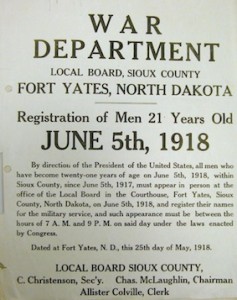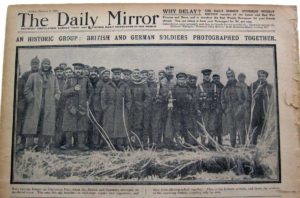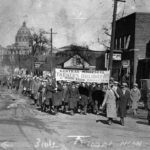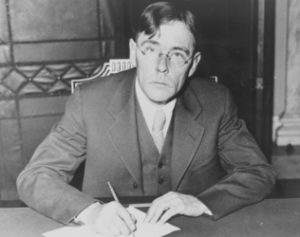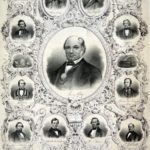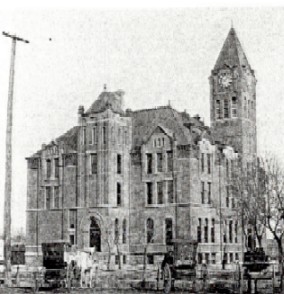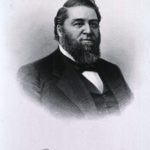Native Americans fought in WWI for many reasons: proof of their loyalty to America, a desire to go overseas, ties to friends and family who volunteered, a desire to fight and prove their manhood (as many young men at the time wanted to do), and for a myriad of other reasons. Though a few all-Indian units did exist within the army, military leadership at the highest levels wanted full integration. Continue reading
Category Archives: 1900s newspapers
WWI Christmas
WWI (1914-1918) led to the death or wounding of 25 million people. It was the first true intercontinental conflict and introduced other firsts to the world of warfare: large-scale mechanical and chemical weapons and the aerial bombing of both soldiers and civilians, among other tragic innovations. Continue reading
The Nation at War
In the early 20th century, Americans tended to be isolationists when it came to foreign policy. For the most part, WWI looked like a European conflict into which America need not enter, and president Woodrow Wilson pledged to keep the country out of the conflict. However, after Germany continued to attack unarmed merchant and passenger ships the U.S. severed diplomatic ties with it. Continue reading
Staying Afloat
The Great Depression affected all regions of the country, so it’s understandable that townspeople in Canton would fight to keep open any institution that gave employment to its citizens. (See last post.) Townspeople and civic leaders had a history of supporting and encouraging all their local businesses, and some were surprisingly successful even through the dire economic times of the Depression. Continue reading
Duking it Out
Few townspeople liked Dr. Harry Hummer when he first came to Canton, primarily because he was replacing the very popular former superintendent of the Canton Asylum for Insane Indians, Oscar Gifford. However, Hummer eventually began to fit in and the Canton community stood shoulder-to-shoulder with him when the asylum was threatened with closure. Continue reading
Always Positive
The Sioux Valley News, Canton’s weekly newspaper, was unrelentingly upbeat about Canton and its prize establishments.
When the Canton Asylum for Insane Indians faced closure after two serious investigations, the newspaper decried all attempts to shut the facility down and rallied to the asylum’s cause. Continue reading
News is Up Close and Personal
Most people in Canton, SD probably knew each other or knew of each other–if they didn’t, it wasn’t because The Sioux Valley News wasn’t keeping them informed. Continue reading
A Lively Town
Citizens of Canton, SD were proud of their town. It offered many goods and services, and supported many civic and social clubs. Canton’s weekly newspaper, The Sioux Valley News, acted as a conduit of information and provides a lively picture of the townspeople’s interests and concerns.
On October 26, 1906, just one page of the newspaper covered the following events:
Canton Is An Important Town in Lincoln County
Some may wonder how Oscar Gifford, the first superintendent at the Canton Asylum for Insane Indians, could make much of a pitch for the little town to host what might have become quite a large and important facility. South Dakota was a fairly centralized part of the country for the Indian population it sought to help, so the asylum’s location in that state was not so surprising. Continue reading
No Exemption From Danger
Though attendants and nurses bore the brunt of patient violence (see last post), no one on staff at an insane asylum was truly immune. On March 16, 1882, the superintendent of Utica Insane Asylum, John P. Gray, sat in his office with two staff members and his son. Henry Remshaw, who had made threats against the doctor several weeks before the shooting, walked in and shot Gray through the upper jaw. Continue reading
